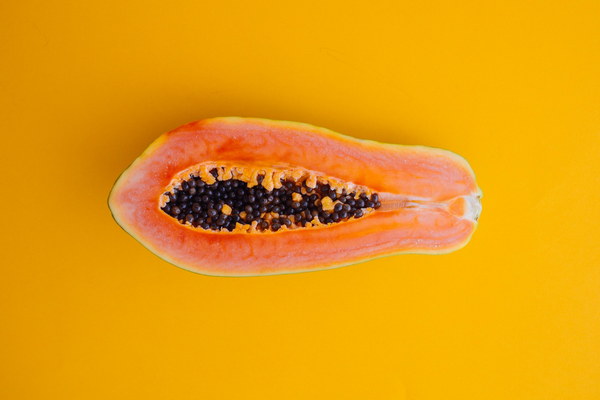How to Create Tasty and Healthy Light-Diet Cuisine
Embarking on a journey towards healthier eating doesn't have to mean sacrificing flavor. Discovering how to make light-diet cuisine both delicious and nutritious is an art that can transform your culinary experience. Here’s a guide on how to create tasty and healthy light-diet cuisine that will satisfy your taste buds while nourishing your body.
1. Focus on Fresh, Whole Ingredients
The cornerstone of any healthy diet is the quality of the ingredients you choose. Opt for fresh, whole foods that are minimally processed. This includes a variety of fruits, vegetables, lean proteins, whole grains, and healthy fats.
- Fruits and Vegetables: These should make up the bulk of your plate. They are rich in vitamins, minerals, and fiber, which are essential for good health.
- Lean Proteins: Choose lean cuts of meat, poultry, fish, and plant-based proteins like beans, lentils, and tofu.
- Whole Grains: Incorporate whole grains like quinoa, brown rice, and whole-wheat pasta into your meals for sustained energy and fiber.
- Healthy Fats: Avocado, nuts, seeds, and olive oil are great sources of healthy fats that can help you feel fuller for longer.
2. Use Herbs and Spices for Flavor
Instead of relying on salt, sugar, and unhealthy fats for flavor, use a variety of herbs and spices to enhance the taste of your dishes. These natural flavor boosters are not only healthier but can also add depth and complexity to your meals.
- Herbs: Fresh basil, cilantro, parsley, and dill are aromatic and can transform simple dishes into something extraordinary.
- Spices: Cinnamon, turmeric, ginger, and cumin can add a warm, earthy flavor to your meals without the need for added salt.
3. Embrace Light Cooking Techniques
Cooking methods that require less oil and fat are ideal for light-diet cuisine. Here are a few healthy cooking techniques to try:
- Steaming: A great way to preserve the nutrients in your vegetables while cooking them to perfection.
- Grilling: High heat can lock in the flavors and moisture, making your food delicious without the need for additional fats.
- Sautéing: Use a non-stick pan and a minimal amount of oil for quick, healthy sautéing.
- Roasting: A great way to bring out the natural flavors of vegetables and lean proteins.
4. Experiment with Healthy Sauces and Dressings
Sauces and dressings can make a significant difference in the taste of your dishes. Instead of using heavy, calorie-dense options, try making your own healthy alternatives:
- Vinaigrettes: Mix olive oil with vinegar and a splash of lemon or balsamic for a light, zesty dressing.
- Hummus and Avocado: Use these creamy, plant-based spreads as a dip or spread for sandwiches and wraps.
- Tahini Sauce: A nut-free alternative to traditional creamy sauces, perfect for drizzling over salads and roasted vegetables.
5. Balance Your Meals
Creating a balanced plate is key to both taste and nutrition. Aim for a good mix of protein, carbohydrates, and healthy fats at each meal:
- Protein: Keep portion sizes in check and choose lean options.
- Carbohydrates: Focus on complex carbs like whole grains and legumes for sustained energy.

- Fats: Include healthy fats such as nuts, seeds, and avocado to keep you feeling full.
6. Stay Hydrated
Drinking plenty of water is an essential part of a healthy diet. It can help control appetite, improve digestion, and keep you hydrated throughout the day.
By following these tips, you can create tasty and healthy light-diet cuisine that will not only satisfy your taste buds but also support your overall well-being. Remember, the key is balance and variety; don’t be afraid to experiment with new flavors and ingredients. Enjoy the journey to a healthier, happier you through delicious eating!









